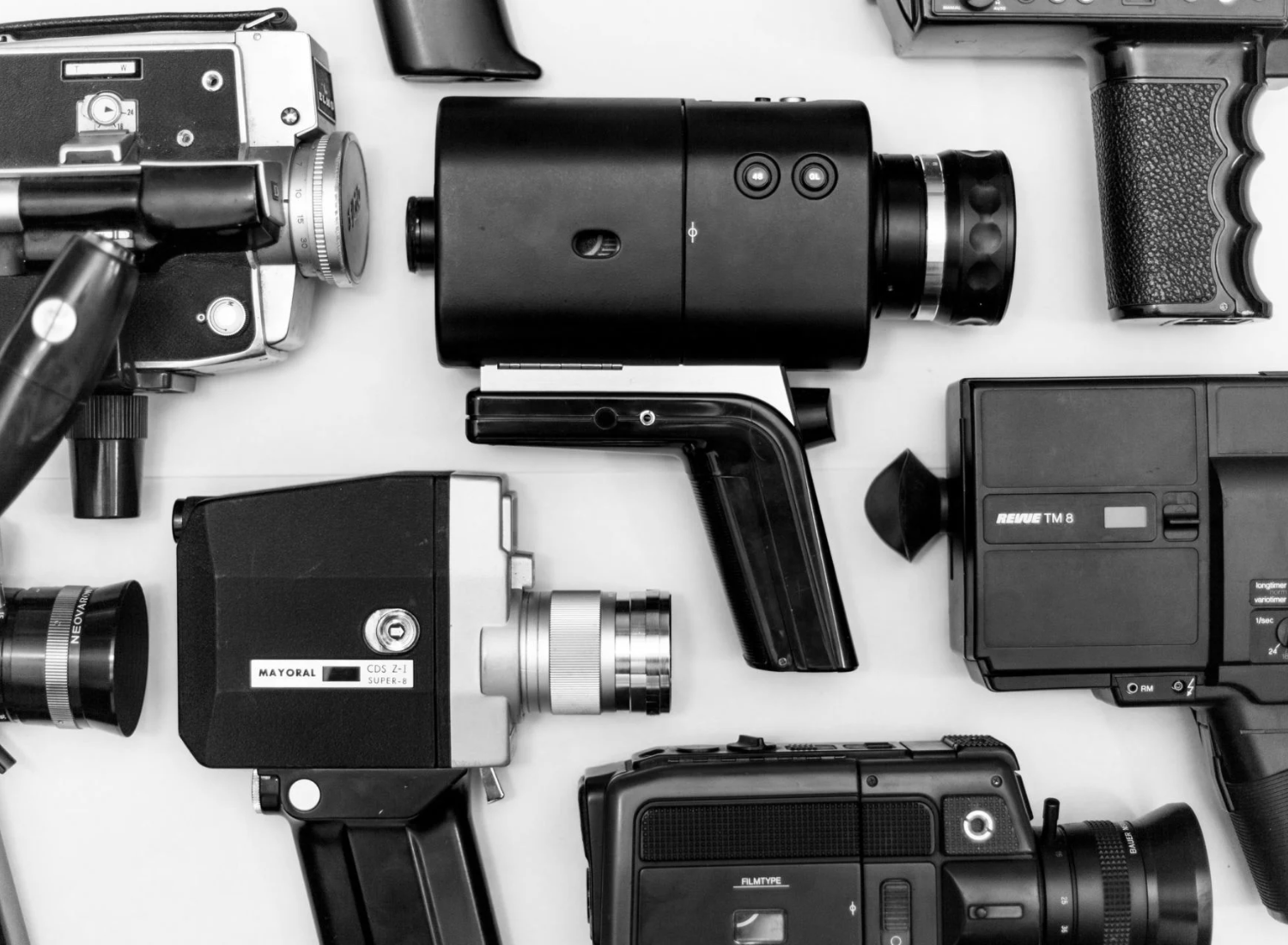The Story Behind The Evolution Of The Cinematograph

The accessibility to the camera is surprisingly so easy that most of us find it to be a fact that they exist.
However, while taking a video, how many times have you wondered about how it actually works?
How many times have you caught yourself filled with curiosity about how motion pictures are captured so you can see a movie?
Read How The Cinematograph Changed The Course Of History In Film Making:
Cameras, which are used to capture pictures for a large-scale movie are known as cinematographs. This apparatus is made to capture pictures in motion to give an effect that makes us think it is moving and project the motion at the same time. But, from capturing still pictures to shifting technology towards motion pictures, here is a brief history of the birth and evolution of cinematography.
Eadweard Muybridge- The Man Behind The ‘Motion Picture’:
After the success of the camera that could capture a still picture, there was a need to explore more in the area of physics to take this invention a level up. Gov. Leland Stanford of California was a racehorse breeder who believed that when in speed, there were instances where the horse along with the rider was a few distance above the ground. And to prove his theory, he appointed a British American Photographer Eadweard Muybridge, who between 1872 and 1877 experimented with multiple cameras at once to capture the motion of a running horse. Finally, using 12 cameras that captured pictures when the horse tripped over the cables, Muybridge then mounted these photographs on a rotating disk which when projected, showed a ‘motion picture’.
This was the beginning of the revolution of motion picture cameras. After this discovery, the motion picture camera kept evolving over the years. The final Kinetograph was invented by Thomas Alva Edison. The need for projecting motion pictures while recording arose when only the cinematographer could see the video being shot. Since the shooting used to be on film, it was difficult for the director to know whether the shot was to be finalized or not. Which meant that it was necessary for the camera to record and project at the same time. That is when the cinematograph was born in the 1890s. It is an apparatus that records the motion picture. It acts as a projector and printer at the same time.
Cinematograph was a very important invention that produced sharper images and was made by Louis and Auguste Lumiere. The cinematograph grew in popularity in countries as far as China and India, as it was very helpful to show images and motion pictures to a very large audience at once. This is why, not only did cinematography attract a lot of people, but also changed the course of history in filmmaking.



